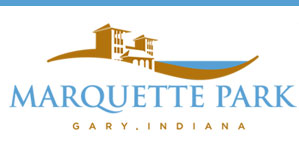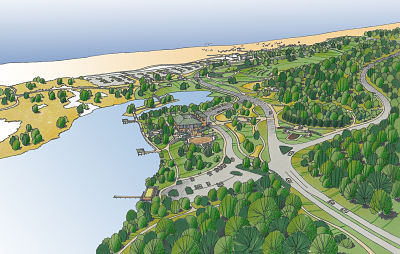The Park

History
The lakeshore in the Miller neighborhood of Gary, Indiana, including Marquette Park, has a long history of recreation, even before it officially became a park. The timeline below illustrates the evolution of Marquette Park.
Timeline
1865 - 1920
The first road to modern day Marquette Park was constructed in 1865, when settlers first began populating the lakefront area. At the turn of the century, Octave Chanute flew gliders and biplanes off of the dunes in Miller Beach. Alice Mabel Gray, “Diana of the Dunes,” retreated to the dunes for a life of solitude. The area also attracted recreation seekers. Carr’s Bathhouse at the north end of Lake Street was the area’s most popular lakefront destination with bathing facilities, a dance hall, and beach cottages. In 1912, recognizing the recreational potential of the lakefront, City of Gary leaders assembled a committee to create a recreational area with access to the lakefront. After much discussion about how to secure lakefront property, U.S. Steel purchased 116 acres and donated the land to the City of Gary, setting the stage for what is now Marquette Park.
-
1865
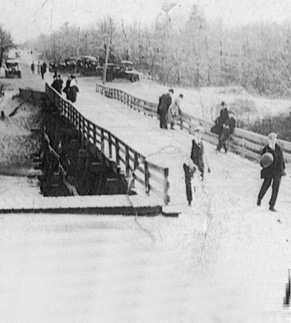
A gravel road is constructed from Lake
Street to the Grand Calumet River,
along with a 200-foot wooden bridge.
(Lake St. Gallery) -
1874
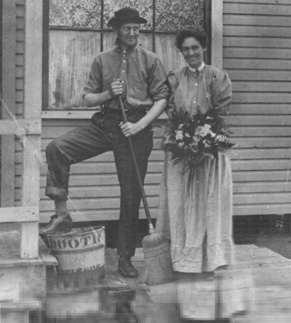
Robert and Drusilla Carr are
married. The Carrs live as
squatters along the lakefront for
more than forty years, claiming the
title to more than 200 acres by right
of possession.(Lake St. Gallery) -
1875
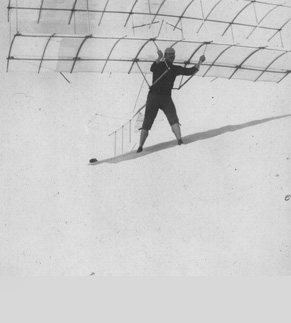
Octave Chanute, a pioneer in aviation
engineering, flies gliders off the
seventyfive foot sand dunes in
Miller Beach. Chanute's early
experiments and future collaboration
with the Wright Brothers is
critical to the success of aviation.
(Lake St. Gallery) -
1890
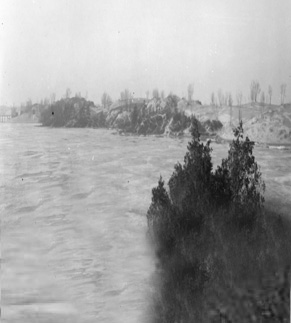
The sand dunes at Miller Beach are
covered with white pine and cedar.
Late in the decade, a movement
begins to protect the region's
unique dune lands and plant ecology.
(Calumet Regional Archives-IUN) -
1903
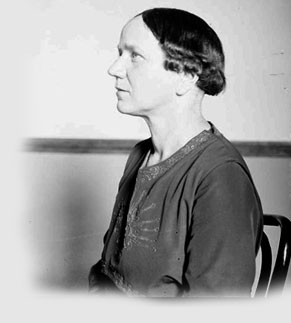
One of the most fabled residents
of the Miller dunes is the recluse,
Alice Mabel Gray or "Diana of the
Dunes." Gray left the urban world
for a life of solitude in the dunes.
(Lake St. Gallery) -
1906
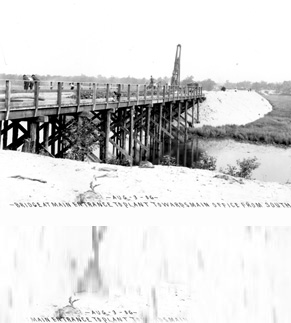
Gary is founded and named after U.S.
Steel Chairman Elbert H. Gary. Gary
Works is built on the Lake Michigan
shore. Thousands of workers begin
the monumental task of leveling dunes,
filling swamps, building steel mills,
moving the Grand Calumet, extending
the lakefront, and installing the
necessary infrastructure for new
industrial, commercial, and residential
areas. (Calumet Region Archives-IUN) -
1910
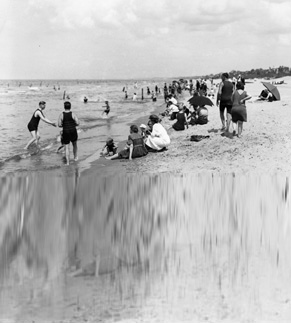
Carr's Bathhouse at the north
end of Lake Street is Miller's
most popular lakefront destination.
The family operates bathing facilities,
a dance hall, miniature railroad,
shooting gallery, roller rink, pleasure
boat and beach cottages.
(Calumet Region Archives-IUN) -
1912
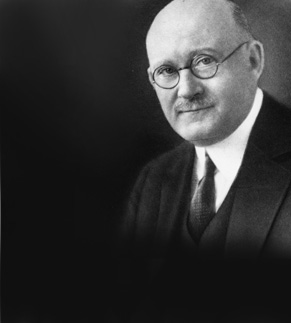
Mayor Thomas Knotts appoints
William P. Gleason, Superintendent
of U.S. Steel, as President of
the first Board of Park Commissioners.
Gleason assembles a committee to
create a recreational area with
access to the lakefront in Miller,
setting the stage for what is now,
Marquette Park.
(Calumet Region Archives-IUN) -
1914
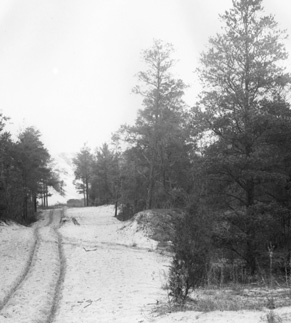
The trip to
Miller Beach is an
arduous journey
over sand dunes.
The first automobiles
access Miller
Beach on the
Lake Front Trail.
(Cal. Region Archives-IUN) -
1918-1920
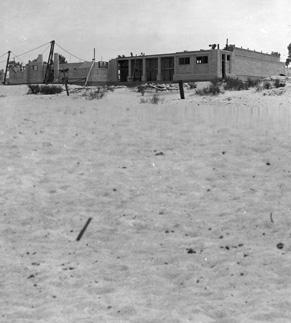
Gary annexes Miller, which begins
condemnation proceedings against 179
acres north of what is now the
Marquette Park lagoon. Residents
oppose the condemnation, so US Steel
purchases 116 acres and donates the
land to the City of Gary during a
special park commission meeting. In
October 1920, work on Lake Front
Park begins with the leveling of a
large sand dune south of the future
Bathing Pavilion.
(Cal. Region Archives-IUN)
1920 - 2009
In the early 1920s work began on Lake Front Park including the leveling of the sand dune south of the future Gary Bathing Beach Pavilion (the current day Aquatorium). Construction on the Bathing Beach Pavilion continued through 1921 and the facility opened to the public on June 17, 1922. Following the construction of the Bathing Beach Pavilion was the construction of the Recreation Pavilion, completed in 1924. During the Great Depression, Works Progress Administration labor was used for improvements in the park. Also during this time, Lake Front Park was renamed in honor of Pere Jacques Marquette. A monument was erected in his honor in 1932. In 1941, the City of Gary purchased additional lakefront land northwest of the lagoon, extending to Lake Street.
During the last quarter of the twentieth century, Marquette Park fell into a period of disrepair. The Gary Bathing Beach Pavilion closed and was actually considered for demolition in 1971. In 1991 the Chanute Aquatorium Society formed and raised funds to rehabilitate the Aquatorium.
-
1921-1922
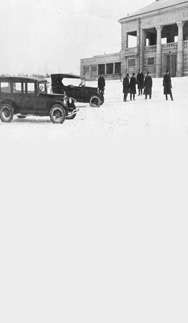
George Washington
Maher and Son designs
the Gary Bathing
Beach Pavilion.
On June 17, 1922,
the Bathing Beach
Pavilion is formally
dedicated and opened
to the public.(Calumet
Region Archives-IUN) -
1924
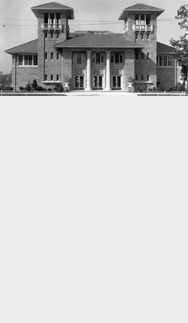
Construction begins
on the George
Washington Maher and
Sons designed
Recreation Pavilion.
Architectural elements
include twin turrets,
porte-cochere arches,
balconied terraces,
and a sweeping
stairway leading to the
edge of the lagoon.
(Cal.Reg. Archives-IUN) -
1928-1929
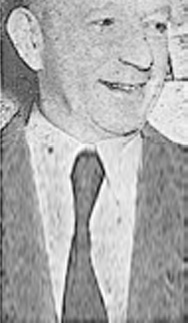
George Kuny works on
the landscaping at
Marquette Park.
The Great Depression
begins. Federal aid in
the form of WPA
labor is used for
improvements
in Marquette Park.
(Geo. Kuny
Gary Post-Tribune) -
1930-1932
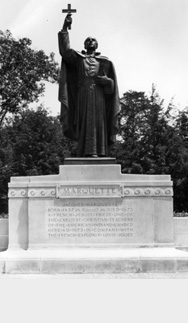
Lake Front Park is
renamed in honor of
Father Jacques
Marquette, one of
the earliest French
Jesuit missionaries.
Henry Hering was
commissioned to
create a sculpture of
Father Marquette and
Walker and Weeks to
design the decorative
limestone base.
(Cal.Reg. Archives-IUN) -
1935
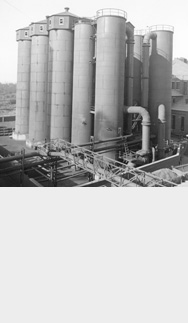
US Steel is awarded
property rights to the
Carr land; however,
the Great Depression
is in full swing,
preventing further
expansion of steel
mills. The Carr's
30-year legal battle
against US Steel
interests ultimately
saves the Lake
Street area from
development and leads
to the creation of the
expanded park.(Calumet
Region Archives-IUN) -
1936-1938
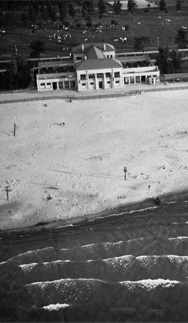
Mayor Clayton's
Park Board fails
in an effort to get
federal aid for the
development of
a yacht club in
Marquette Park.
Instead, they
build an elaborate
trapshoot range
and clubhouse at
Marquette Park.
(Cal.Reg. Archives-IUN) -
1966-1977
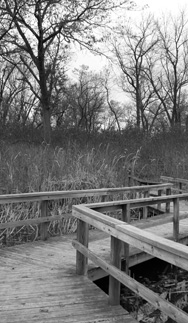
Congress authorizes
the Indiana Dunes
National Seashore
[Lakeshore], adding
8,330 acres. Since
that time, nearly 7,000
acres has been added
to the park. (HDG) -
1976-1980
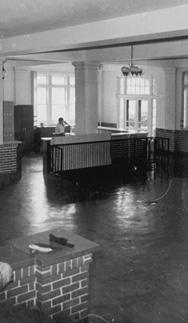
The Paul H. Douglas
Environmental Center
on Lake Street and
the Miller Woods
Trail are significant
improvements to the
area.
Park Pavilion
undergoes restoration
replacing windows and
lighting. Interior rooms
are redesigned.
(City of Gary) -
1991
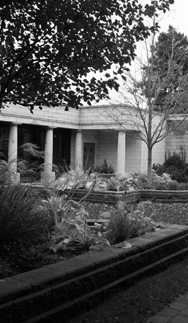
The Chanute
Aquatorium Society
is established as a
not-for-profit aimed at
rehabilitating the Gary
Bathing Beach Pavilion,
now known as the
Aquatorium.(HDG) -
1994

The Gary Bathing
Beach Pavilion
is placed on the
National Register
of Historic Places.(HDG) -
Mid 1990's
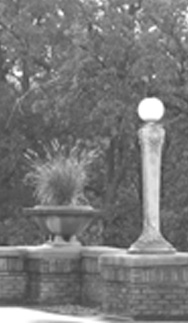
Park Pavilion
undergoes
restoration
repairing various
exterior elements
such as the
green-tiled
roof, brickwork,
and exterior
Maher-designed
lighting. (HDG) -
2003
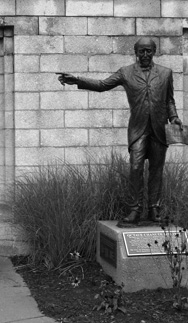
The statue
of aviation
pioneer Octave
Chanute is
dedicated on
December
17, 2003 in
recognition
of his historic
glider
experiments at
Miller Beach.(HDG)
2010 Marquette Park Lakefront East Master Plan
 Download Master Plan Executive Summary
Download Master Plan Executive Summary
In January 2009, the City identified the need for the rejuvenation of Marquette Park and submitted an application to the Northwest Indiana Regional Development Authority (RDA) for financial support. The Marquette Park Lakefront East Master Plan was made possible when the City of Gary was awarded, in June 2009, a grant for $28,190,000 from the RDA for planning, design, engineering, and selected capital and operational improvements.
Capital improvements laid out in The Marquette Park Lakefront East Master Plan, provide access to and circulation within the park, preserve and strengthen the park’s natural features, provide new recreational and educational amenities, and restore the park’s signature historic facilities. Collectively, these improvements will help re-establish the park as one of Northwest Indiana’s premier lakefront destinations and enhance the quality of life and park experience for Gary and Northwest Indiana residents.
2010 Marquette Park Lakefront East Master Plan Image Gallery
